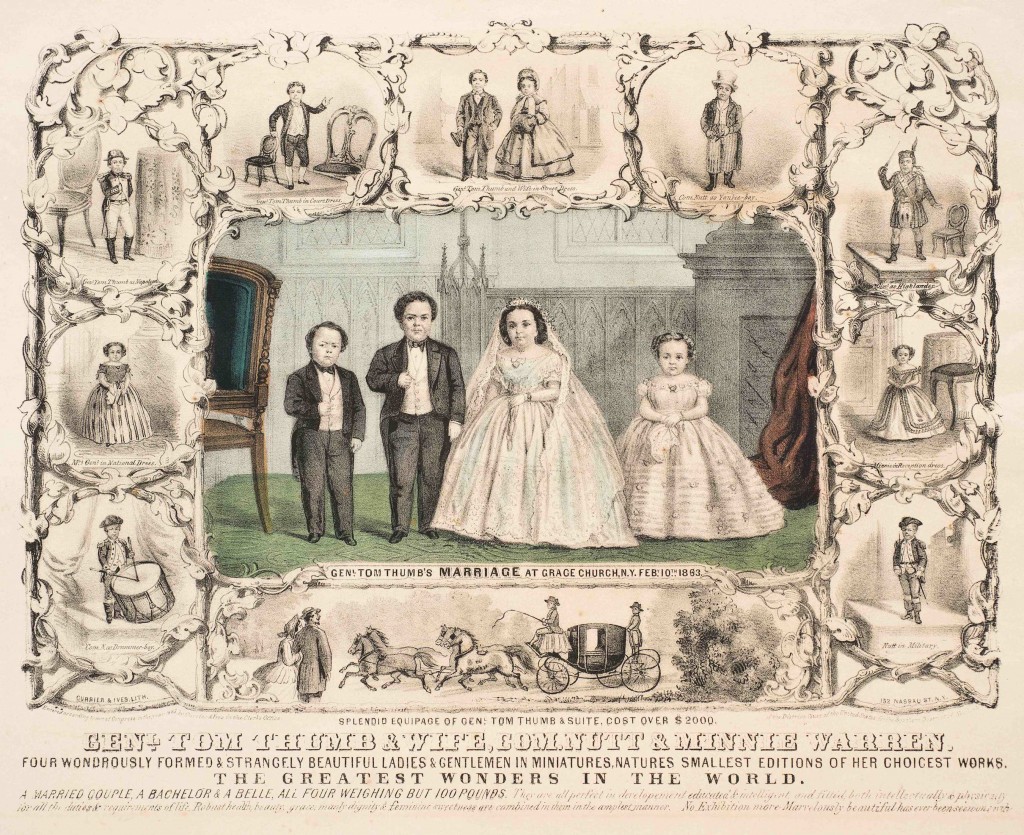With my own nuptials fast approaching, I wanted to highlight a wonderful essay by the peerless E. B. White. In 1956, the editor of the Bryn Mawr Alumnae Bulletin asked him to write some impressions of life with Katharine Sergeant Angell White, his wife and a graduate of the university. The result was a rather bemused but touching account of the trials and joys of marriage to a “Bryn Mawr girl.” The simple elegance of White’s prose is captivating: “I once held a live hummingbird in my hand. I once married a Bryn Mawr girl. To a large extent they are twin experiences.” I could go on and on with quotes, but the text is below and it’s well worth reading in full. And as one who will soon similarly be wedded to a lovely Bryn Mawr girl, here’s hoping that Charlotte and I have as long and happy of a marriage as the Whites’ obviously enjoyed.
Call Me Ishmael: Or, How I Feel About Being Married to a Bryn Mawr Graduate
This is a ridiculous assignment. The sensations of a Bryn Mawr husband are by their very nature private. Even if there were some good excuse for parading them in public, a prudent male would hesitate to make the attempt, so greatly do they differ from common sensations. But as far as that goes, a prudent male wouldn’t have married a Bryn Mawr girl in the first place – rumors would have reached him of the wild fertility revels that take place on May Day, of the queer ritual of the lantern, of the disorderly rolling of hoops, and of all the other racy symbols and capers of the annual Elisabethan hoedown. A sober male, sifting theses disturbing tales of springtime debauchery, quite properly would have taken stock of the situation. A girl who has spent her senior year dancing around a Maypole and beating a hoop might easily take a lifetime to cool off. A prudent male would have boarded the first train for Poughkeepsie and sought out some simple, modest maiden with daisies in her hair.

